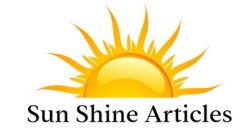NFPA 51B, titled Standard for Fire Prevention During Welding, Cutting, and Other Hot Work, addresses the significant fire risks posed by operations that generate heat, sparks, or flame. Hot work—such as welding, cutting, grinding, soldering, thawing, and torch-applied roofing—is associated with thousands of structure fires annually, resulting in injuries, fatalities, and substantial property losses
A central feature of 51B is the Hot Work Permit system, which requires management-appointed Permit-Authorizing Individuals (PAIs) to evaluate hazards, select safer alternatives, and ensure protective measures are in place . Key precautions include removing or shielding combustibles within a 35‑foot radius or using certified welding curtains, blankets, or pads when removal is impractical
The fire watch requirement is critical: NFPA 51B stipulates that a dedicated fire watch must remain for at least one hour after hot work ends, monitoring for smoldering embers and ensuring extinguishment of small fires OSHA’s rule (29 CFR 1910.252) references NFPA 51B, enforcing a minimum 30-minute fire watch—and NFPA 51B’s one-hour standard is widely adopted in U.S. industrial and construction settings
NFPA 51B also clarifies role responsibilities: PAIs supervise planning and risk control, operators follow safe practices, and fire watch personnel remain vigilant The standard provides guidance for designated hot-work areas and permit-required zones, helping professionals make informed choices about when hot work can proceed safely
By rigorously following NFPA 51B’s hazard assessments, permit protocols, and fire-watch mandates, organizations can dramatically reduce hot-work–related fires, safeguarding both personnel and property.

